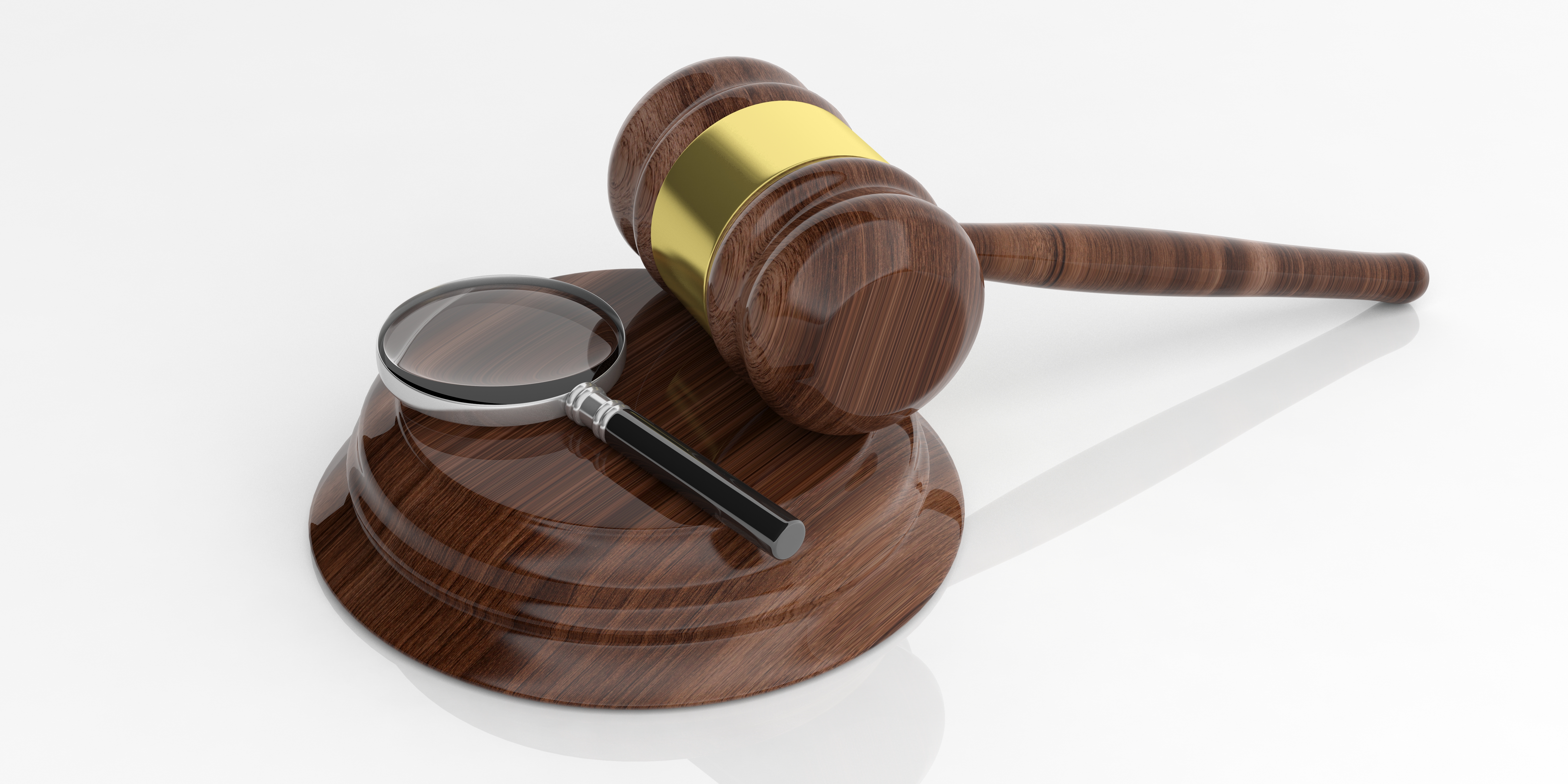Legal Environmental Monitoring

Legal Environmental Monitoring
Environmental law is largely based on quantitative and qualitative data of pollutants originating from monitoring systems.
Most of the monitoring data is provided after samples are taken, they are transferred to the laboratory and there the analyzes are carried out, the results of which are reflected in printed output. Over the years, measuring devices have been developed that allow for immediate sampling and environmental analysis of certain pollutants without the need for laboratory samples.
There are now sophisticated measuring devices, each capable of automatically measuring a number of parameters, where the device's read can be transmitted in real time to a remote point in wired, or wireless, and by remote control it is possible to determine whether the reading is continuously transmitted, on demand, or when exceeded threshold levels are measured. It is also possible to remotely instruct the monitoring device to collect samples of the pollutants measured, where, for example, the reading indicates a deviation of a certain parameter from a specified threshold level.
Often the environmental standard or threshold value is considered and less the sampling and measurement equipment, measurement methods and conditions, although they can have "sizing" effects on the results.
Monitoring can be done, for example, in the air in or in recovery systems in gas stations to test the existence of fuel components. Another example is monitoring effluent discharged from industrial facilities to the public sewer system, or samples taken from water sources to find organic pollutants from metals or salts such as sodium or chloride.
The legal requirements for monitoring can be found in legislation such as, Hazardous Prevention Regulations (Prevention of Air Pollution and Noise from Quarry) or under conditions of Sea Discharge Permit, in accordance with the Sea Pollution Prevention from Land Base Sources Law, and its regulations. Monitoring requirements can also appear in permits and licenses, such as business licenses or in guidelines of the various authorities.
Occupational monitoring is sometimes required, for example, in the Labor Inspection Regulations (Environmental Monitoring and Biological Monitoring of Workers in Harmful Causes).
It is of great importance to examine the legal system that makes up the monitoring system. Beginning with the question of what monitoring should go, through the question of which systems should be monitored, how they should be calibrated and who is responsible for their maintenance. In addition, it is important for alert systems to respond in real-time to any deviation from the values the business is required to comply with.
How to prepare monitoring programs that comply with legislative requirements? How to take sample and transport the sample for analysis? Does the testing laboratory need certification, and what kind of certification does it require? What are the powers of the following authorities to set conditions for environmental monitoring? What is the evidential significance of monitoring data and is the monitoring data acceptable for evidence in court in administrative, criminal or civil proceedings? Is there no self-incrimination in monitoring data? Is monitoring data open to the public as part of the legislation governing freedom of environmental information?
For many and many other complex questions, our law firm has been around for many years. Attorneys from our office know how to give you a comprehensive explanation of the legal situation regarding the environmental monitoring required and how to best evaluate it.